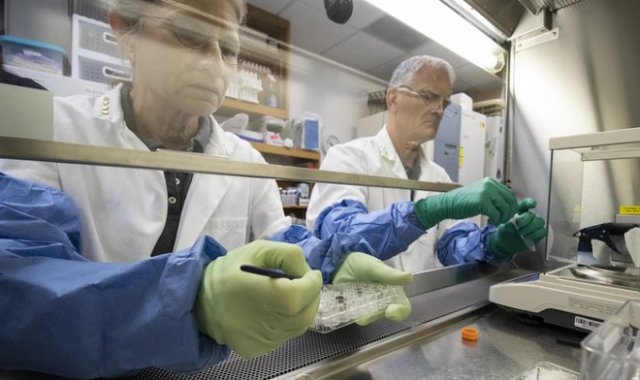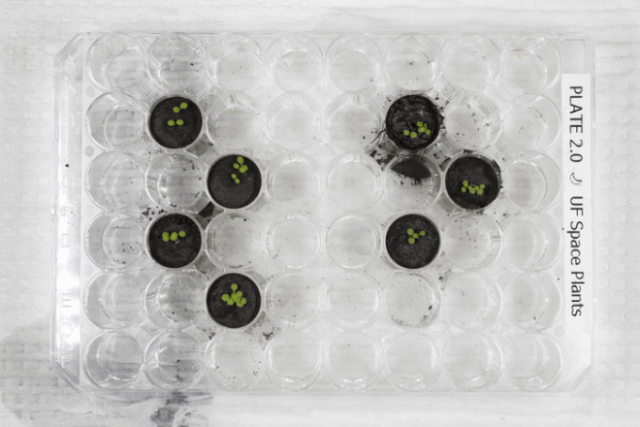
Moon plants
Lunar agriculture has made a big step forward: scientists from the University of Florida for the first time grew seedlings in soil delivered from the Moon. This success marks an important milestone in the work on future deep space missions, and also provides useful information about the composition and fertility of the space soil. There is not much lunar soil on Earth, so the experiment was not easy.
Previously, the seeds had already been germinated in artificially simulated lunar soil from the sand of the Arizona desert, and also developed a special greenhouse for use on the Moon. In 2019, the Chinese probe Chang 'e-4 for the first time grew sprouts on the surface of the Moon inside a small biosphere, but they lived no more than a day.

Moon plants
The soil for the experiment was collected during the Apollo 11, 12 and 17 missions, so it is also of historical importance. NASA provided only 12 g of the precious material. In pots the size of a thimble, 1 gram of lunar soil was placed, fertilized with nutrients and planted with the seeds of the rhizoid thall. In parallel, the same seeds were sown in artificial lunar soil, artificial Martian soil and terrestrial soils from areas with extreme conditions. Surprisingly, almost everywhere the plants have sprouted. This suggests that the lunar soil does not interfere with the absorption of nutrients involved in growth. Of course, not everything went smoothly. "Lunar" plants grew worse and had stress due to the presence of salts, metals and active oxygen in foreign soil. They had to use the mechanisms necessary to resist harmful impurities and oxidation, so that the lunar conditions were perceived by them as stressful. At the same time, plants in more mature soil — that is, more exposed to cosmic winds — showed more stress, whereas in less mature soil the effect was smoothed out.
